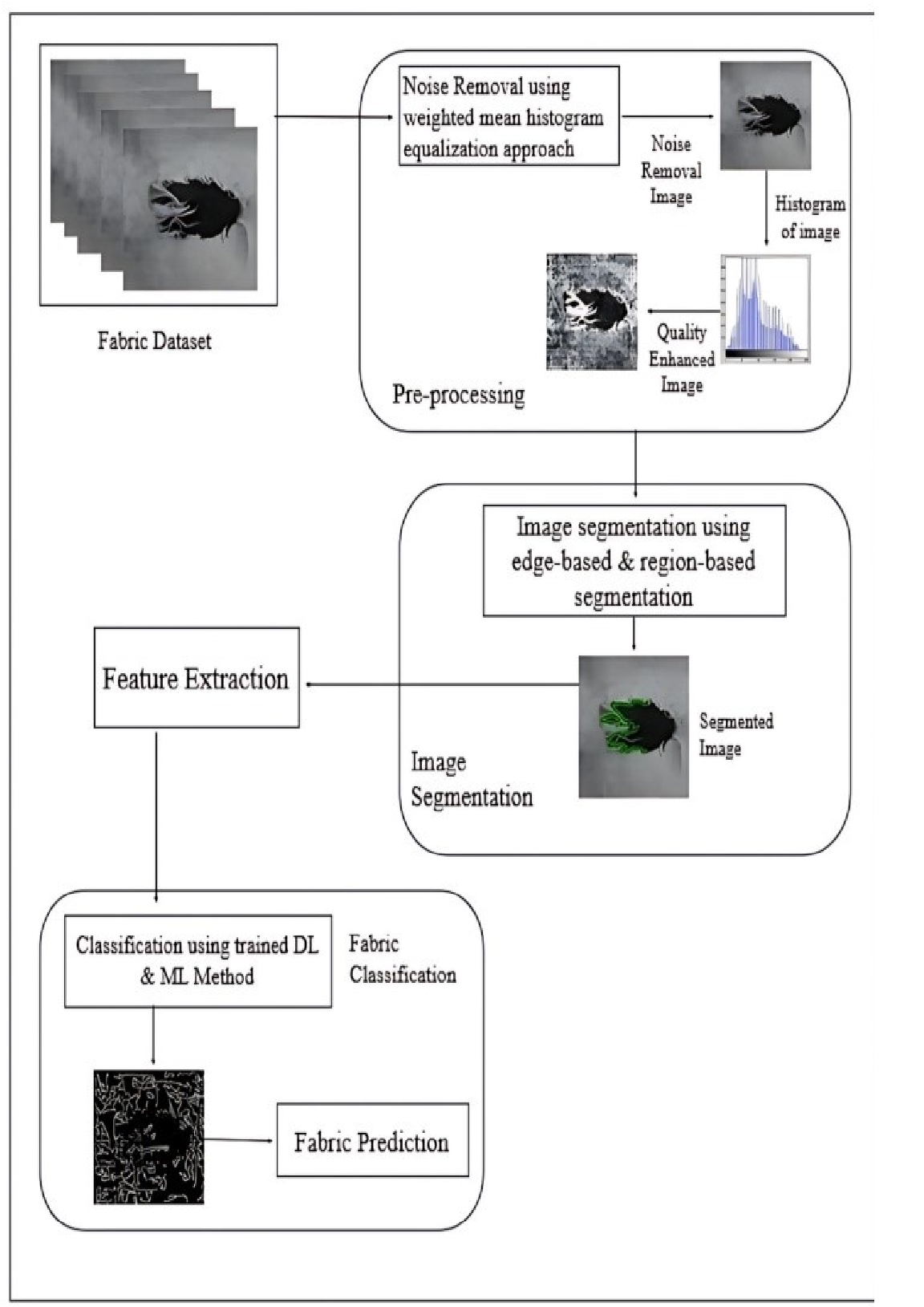Analyzing the Effectiveness of Various ML and DL Models in Detecting Defects in Textile Fabrics
Main Article Content
Abstract
The detection of defects in textile fabrics is a critical task for ensuring quality in the textile manufacturing industry. Manual inspection methods, while widely practiced, are time-consuming, inconsistent, and prone to human error. This study investigates the effectiveness of various machine learning (ML) and deep learning (DL) models in automating and enhancing the accuracy of defect detection. The research evaluates multiple ML and DL techniques, including traditional algorithms such as support vector machines (SVM) and random forests (RF), alongside advanced DL models like convolutional neural networks (CNN), recurrent neural networks (RNN), and their hybrids. Performance metrics such as accuracy, precision, recall, and computational efficiency are analyzed to determine the suitability of each model for defect detection.
Downloads
Article Details

This work is licensed under a Creative Commons Attribution-NoDerivatives 4.0 International License.
